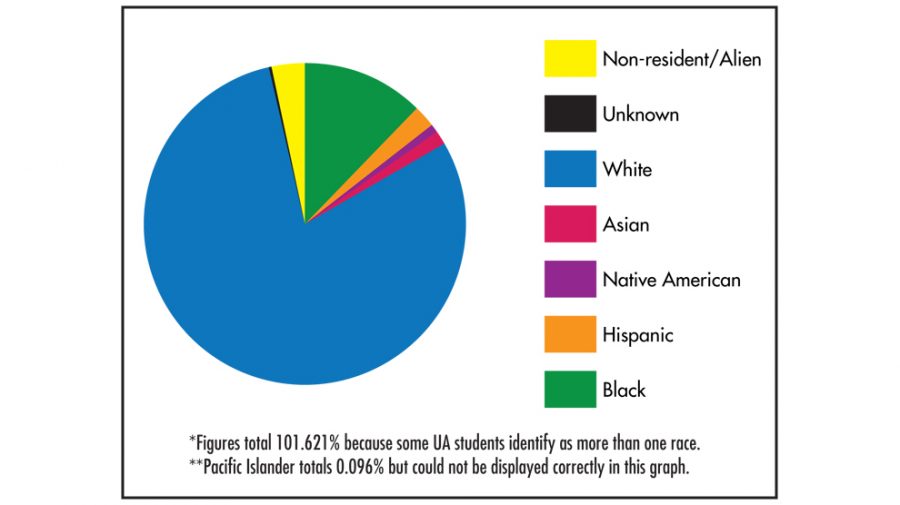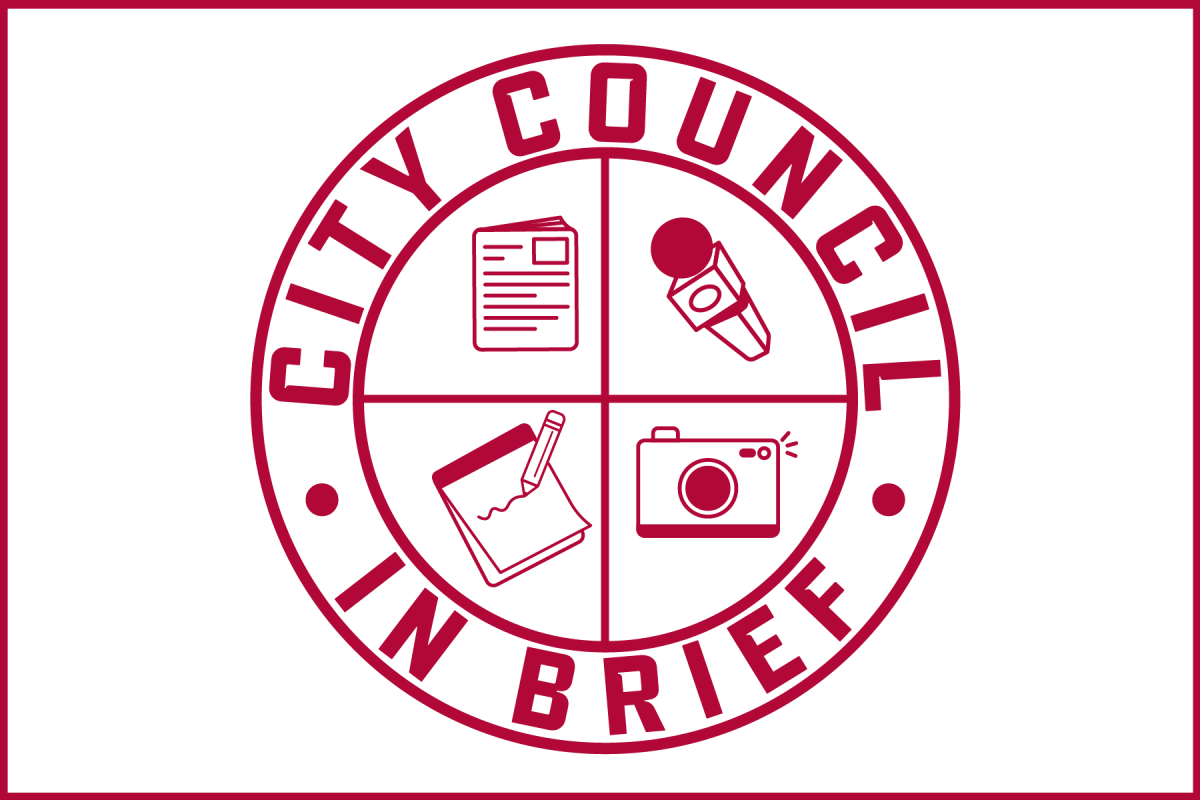The federal government now requires universities to collect racial and ethnic data in greater detail, giving students the option for choosing two or more races, Cathy Andreen, director of media relations said.
The University will report this information in two ways, Andreen said.
“When reporting to the United States Department of Education through the Integrated Postsecondary Education Data System, UA, like all universities, will follow the federal mandate and count students who choose more than one race under the category for ‘Two or more races,’” Andreen said.
For internal reporting, the University has chosen to report students in all ethnic and racial categories they identify, Andreen said.
“This procedure leads to counting some students multiple times in the same table and may result in a total higher than the number of individuals counted,” Andreen said. “We believe this method provides a more precise reflection of the racial and ethnic diversity of the student body.”
This year, total enrollment at the University topped 30,232 students, according to research from the Office of Institutional Research and Assessment. However, the total demographic percentages add up to more than 101 percent.
Caroline Harris, a junior majoring in anthropology with an Italian minor, said she believes universities allow students to choose one or more ethnicities or race to make demographic numbers look better to attract a diverse group of students.
“The more options students have,” Harris said, “the blurrier the truth gets in a way. Consequently, this option of being a part of many races or ethnicities blurs population studies as well.”
Seeing how we are practically a homogenous species, Harris said, the primary basis for race and ethnicity is cultural.
“Personally, I think the option of choosing one or more really undermines the strength of who we identify with,” Harris said. “If students are proud of their background, culture, history, identity – one selection is strong enough. To me, this shows how far away society is moving from tradition.”
Kirby Fields, a junior majoring in pre-med biology, said she thinks the University census represents ethnicities on campus fairly.
“I think it would skew [the results], to an extent,” Fields said. “Although a lot of people choose not to put an ethnicity or race on anything anyway. So, I don’t know if that would be bad. You have mixed people, and you can’t just pick one or the other.”
Chip Harrison, a sophomore majoring in history, said the new system seems like it’s cheating a bit and universities may just want to up their demographics to get more funding and support.
Harrison said he didn’t have a problem with someone choosing one or more race if that accurately describes them.
“I think the problem lies at the root of our system,” Harrison said, “[which is] trying so hard to promote diversity when ethnicity isn’t really a big deal.”
By emphasizing race or ethnicity, Harrison said, you’re not really promoting unity on campus.
“My attitude has always been that the University has put too much emphasis on race anyways,” Harrison said. “It puts a division on campus.”









